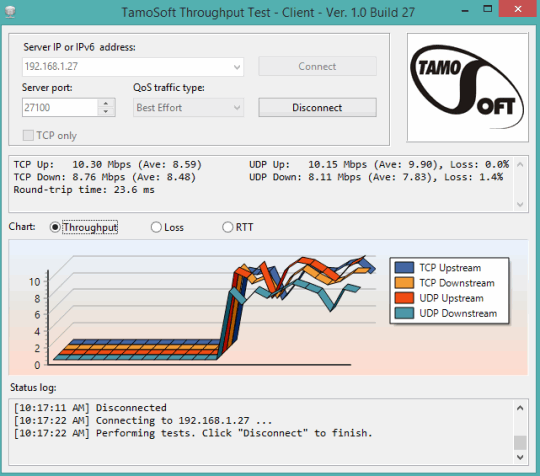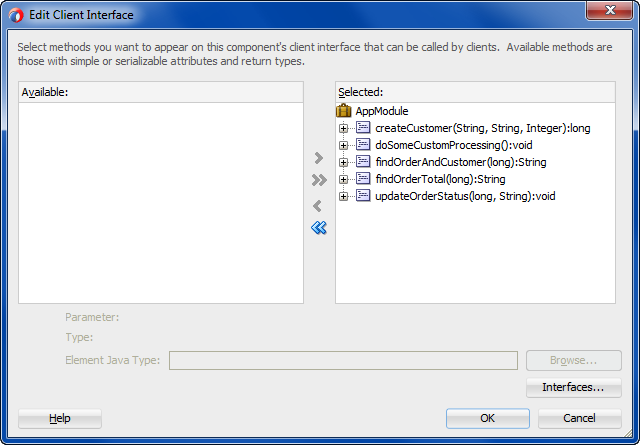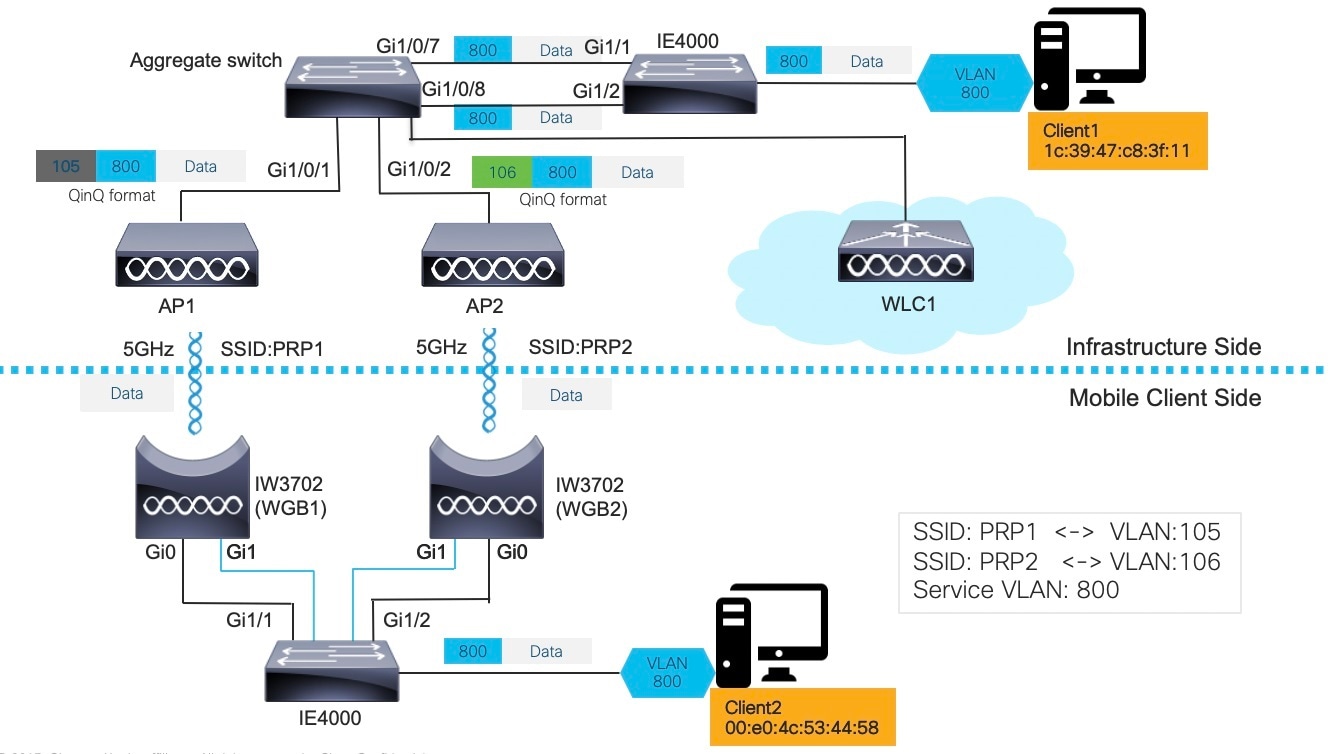
- #WIRED CLIENT INTERFACE CONFIGURATION INSTALL#
- #WIRED CLIENT INTERFACE CONFIGURATION MANUAL#
- #WIRED CLIENT INTERFACE CONFIGURATION FULL#
- #WIRED CLIENT INTERFACE CONFIGURATION CODE#
Notably, the *-wait-online and other secondary daemons that each solution offers are also part of the packages. $ systemctl enable systemd-networkd systemd-networkd-wait-online $ systemctl start systemd-networkd systemd-networkd-wait-online $ systemctl disable NetworkManager NetworkManager-wait-online

For example, we can easily replace one manager with another where available: $ systemctl stop NetworkManager NetworkManager-wait-online We can simply use systemctl to detect and toggle most service-based network managers. Consequently, we see the setup of our eth1 interface with the address 192.168.6.2. Oct 20 08:08:12 miner NetworkManager: dhcp4 (eth1): state changed new lease, address=192.168.6.2Ībove, we use grep to case-insensitively filter for dhcp in the system log from the last boot as returned by journalctl. Oct 20 08:08:11 miner NetworkManager: dhcp4 (eth1): state changed no lease Oct 20 08:08:11 miner NetworkManager: dhcp4 (eth1): activation: beginning transaction (timeout in 45 seconds) Oct 20 08:08:10 miner NetworkManager: dhcp: init: Using DHCP client 'internal' Let’s confirm this: $ journalctl | grep -ignore-case 'dhcp' Of the latter, dynamic means the system uses DHCP to set up the connection. Here, we have an IPv4 ( inet) address of 192.168.6.2 with its associated 192.168.6.255 broadcast and several specifiers. So, we use that as our example configuration.įirst, we check our current setup: $ ip address show dev eth1 Still, for stationary machines and the proper administration, a static address is usually more of a convenience than a burden. can lead to IP address conflicts, especially on smaller networks.might have to change configuration depending on the network.
#WIRED CLIENT INTERFACE CONFIGURATION MANUAL#

For example, switching environments can lead to a new IP. Thus, we give up control of our network-layer address, which may become inconvenient when it’s our sole means to identify a system.
#WIRED CLIENT INTERFACE CONFIGURATION FULL#
full control over the address assignment.It should work in most POSIX-compliant environments.

#WIRED CLIENT INTERFACE CONFIGURATION CODE#
We tested the code in this tutorial on Debian 11 (Bullseye), CentOS Stream 9, Slackware 15.0, Gentoo 2.8, and ArchLinux Rolling (2022.10.01). Finally, we show our main example in action on multiple Linux distributions.įor brevity, we only use IPv4 instead of IPv6 and static instead of dynamic addresses, but most concepts apply to all variants. Next, we explore network managers in detail. After picking static IP network configuration as an example, we look at a universal way to perform it under Linux. We start off by briefly discussing dynamic and static addresses. In this tutorial, we look at standard low-level files and tools to configure our IP address settings. Moreover, a network manager is often just a convenient abstraction or interface to the configuration files of a Linux distribution.
#WIRED CLIENT INTERFACE CONFIGURATION INSTALL#
Yet, we might not always want to install or use managers when setting up an interface. In theory, it should help during the networking setup. Many Linux distributions come with a network manager.


 0 kommentar(er)
0 kommentar(er)
